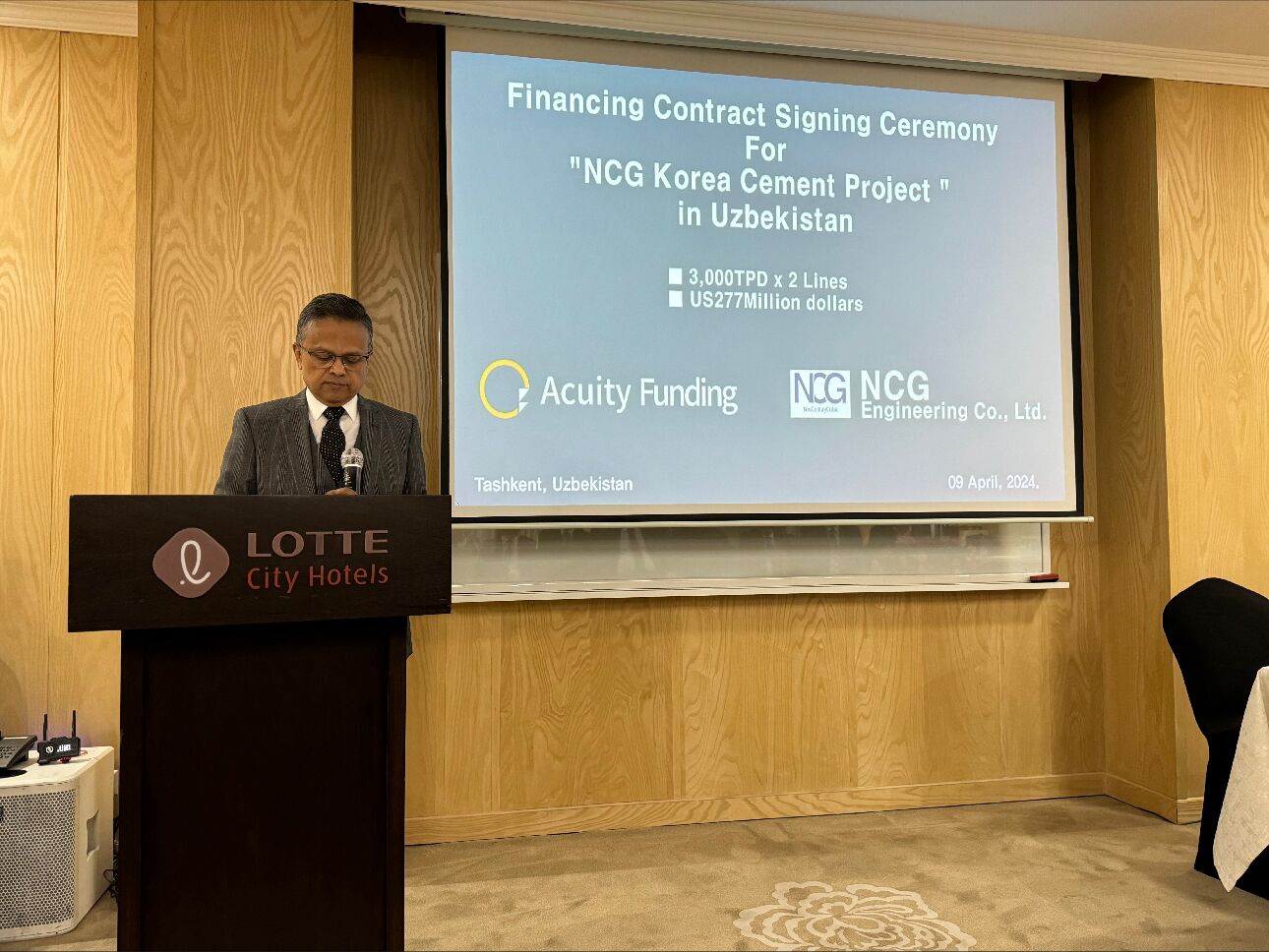The International Renewable Energy Agency (IRENA) suggests that US$730 billion needs to be invested per year until 2050, in renewables, power grids, storage – the resulting investment and project opportunities will be immense.
By Jacquelene Pearson*
IRENA is “the principal platform for international co-operation … and a driver of action on the ground to advance the transformation of the global energy system”.
As such IRENA advocates for the widespread adoption and sustainable use of all forms of renewable energy, including bioenergy, geothermal, hydropower, ocean, solar and wind energy, in the pursuit of sustainable development, energy access, energy security, and low-carbon economic growth.
According to IRENA: “The future smart power system, largely based on variable renewables such as solar PV and wind, will require significant investments in power grids and flexibility measures (eg storage) in the order of US$730 billion per year over the period to 2050”.
To put it another way, “cumulative investments of over US$24 trillion” would need to be redirected from fossil fuels to energy transition technologies over the period to 2050.
IRENA argues this can be done using available technology including all sources of renewable energy, electrification measures and energy efficiency.
The good news is that Acuity Funding currently processing applications in Vietnam, Australia and Africa for renewable energy plants of various types and capacities. Acuity is already positioned as a funding arranger with no funding cap and the capacity to flawlessly facilitate cross-border transactions.
During the past decade both governments and markets have been favouring renewable energy systems. Over 170 countries have renewables targets and IRENA is arguing renewables are ready for mass upscaling. This will require transformational projects in key industries.
Asia is the world’s largest market for renewable energy. A recent Ernst and Young report ranked seven Asian markets among the most attractive for wind, hydro power and solar.
The main opportunities will be related to the creation of “stabilised energy demand through increased energy efficiency and circular economy measures; decarbonised power systems; increased electrification of buildings, industry and transport; expanded production and use of green hydrogen, synthetic fuels and feedstocks; and targeted use of sustainably sourced biomass, particularly in place of fuels such as those used in aviation.
There are substantial prospects for investors across green buildings, low-carbon materials, precision agriculture and transport.
Green Hydrogen is an area to watch as it has the potential to ‘decarbonise’ heavy industry.
Transport opportunities go well beyond the obvious electrification of vehicles which are expected to account for 80 per cent of all road stock by 2050. Long-haul electric trucks will be a necessary innovation and will depend on the rapid development of storage and battery technology – yet another investment opportunity expected to surge.
Rail is also likely to enjoy a resurgence as it is seen as the most efficient and lowest-emitting mode of transport.
The shift to greener buildings is another opportunity, especially the retail and commercial sectors because of their high rates of energy consumption. Farming tools will require innovation to keep costs low and increase yields and plant-based protein is an area of particular interest.
For this energy revolution to happen conventional financial institutions are going to need to take a very big step up and start connecting capital to where it is most needed to facilitate investment in the sectors mentioned above.
If you are part of the great global energy transition talk to Acuity Funding about arranging funding for your projects.
*Jacquelene Pearson is Acuity Funding’s content editor








